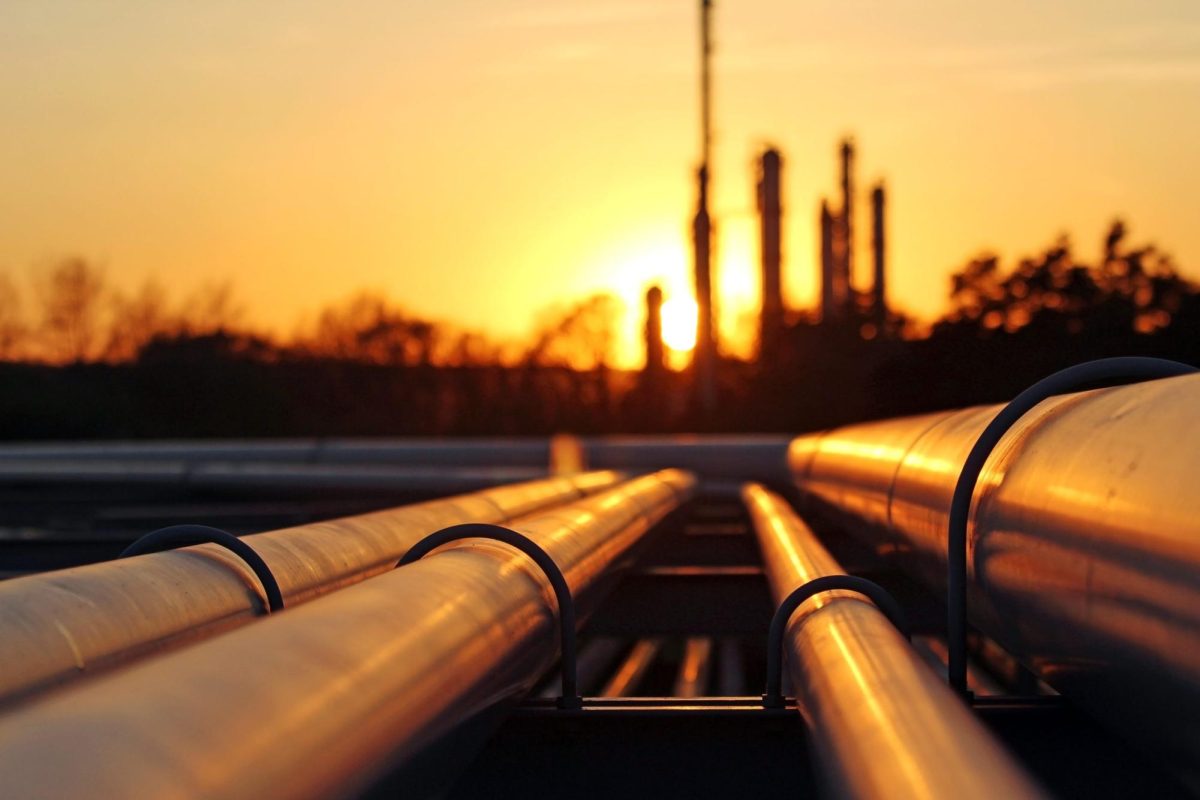On February 22nd, 2020, a large white cloud ascended towards the sky in Satartia, Mississippi – the southern state’s tiniest municipality by population. Unsurprising to many already apprehensive residents, a carbon dioxide pipeline had ruptured. The Denbury Resources Inc. pipeline, also carrying hydrogen sulfide, exploded “less than half a mile” from Satartia. As the CO2 dispersed through the country air, many people fell to the ground, shaking and suddenly unable to breathe. 45 people were hospitalized, while first responders evacuated all 42 individuals who reside in Satartia and roughly 250 living in surrounding areas.
Four years later, some consider this incident a warning during a contentious moment for American climate policy. The government, however, is considering a dramatic expansion of the 5,300-mile CO2 pipeline network here in the United States. Pipeline Safety Trust, a nonprofit charity aiming to promote pipeline safety, asserts that communities are “not yet ready” to counter the risks of pipelines moving closer and closer to residential areas. In early 2022, the United States Pipeline Hazardous Materials Safety Administration (PHMSA) evaluated carbon dioxide pipeline regulations, an action motivated by the catastrophe in Sataria. Despite a ruling for greater protections, many companies invested in carbon dioxide sequestration still supported pipelines as the ideal method for reducing atmospheric CO2.
In January of 2023, Archer Daniels Midland (ADM) and the Canadian Wolf Company proceeded with their plan for a high-pressure, 280-mile-long pipeline containing liquified CO2. The pipeline would begin in Iowa, then cross the Mississippi River north of Moline, ending at a carbon capture facility in Illinois. Rock Island, Stark, Henry, Tazewell, and Peoria would all be among the affected counties. Due to the high pressure of the contents, the pipeline would not gradually leak but rupture if any problems arise. Similar to Sataria, such an event would pose a significant public health risk to Peorians – potentially leading to long-term issues or even loss of life. Moreover, the pipeline would run through the South Side of Peoria, a heavily impoverished and predominantly Black area vulnerable to the worst outcomes in the city. Such marginalization includes routine exposure to environmental racism, notably, lack of clean air and water.
Ultimately, in November of 2023, Wolf Carbon Solutions filed to withdraw their permit application in Illinois for building the carbon dioxide pipeline. This decision followed the Illinois Commerce Commission’s (ICC) recommendation that regulators reject their application since they hadn’t finalized an agreement with ADM. However, representatives for both Wolf and ADM expressed strong intent to refile in 2024 and resume their collaboration. Secretary-treasurer of Illinois advocacy group Citizens Against Predatory Pipelines, Peorian Tracy Fox, states the organization will fiercely oppose any permit applications the companies submit in the future.
On April 10th of this year, I attended a lecture entitled “CO2 Pipelines – A Local Perspective,” presented by Fox at a Peoria Audubon Society meeting. A River Steward awardee, Tracy Fox offered a comprehensive look at pipeline proposals in Central Illinois of past and present – noting the potential hazards of such additions to our region. Citing the Satartia tragedy, she explored the long term health impacts residents could experience if exposed to high levels of carbon dioxide. “Increased cardiac output, elevated blood pressure, and increased arrhythmias,” are among the possible outcomes. Furthermore, she emphasized the economic motivations of many companies, namely ethanol plants, involved in pipeline building as opposed to genuine concern for the environment and desire to curtail the impacts of climate change. As we continue to reflect upon the tragedy of “Pumpkin Place” Satartia and C02 pipeline proposals of the present, here is an additional resource from the perspective of locals concerning the potential harms implementing pipelines may have on Central Illinois.
CO2 Pipelines – A Local Perspective and the Case Against
Works Cited
Blumenshine, Joyce . “Wolf-ADM CO2 Pipeline a Risk to Peoria.” Sierraclub.org, Jan. 2023, www.sierraclub.org/illinois/heart-illinois/wolf-adm-co2-pipeline-risk-peoria.
Douglas, Leah. “Wolf Carbon Solutions Seeks End to Carbon Pipeline Application in Illinois.” Reuters, 21 Nov. 2023, www.reuters.com/business/energy/wolf-carbon-solutions-seeks-end-carbon-pipeline-application-illinois-2023-11-21/. Accessed 26 Sept. 2024.
Illinois Chapter , Sierra Club . “Illinois Pipelines.” Sierraclub.org, 2021, www.sierraclub.org/illinois/illinois-pipelines. Accessed 26 Sept. 2024.
Seils, Lizzie. “DIGGING DEEPER: A Co2 Pipeline Might Come to Central Illinois — What Does That Mean?” Https://Www.25newsnow.com, 25 News Now, 14 July 2023, www.25newsnow.com/2023/07/14/co2-pipeline-might-come-central-illinois-what-does-that-mean/. Accessed 26 Sept. 2024.
Zegart, Dan. “Gassing Satartia: How a CO2 Pipeline Explosion Affected This Mississippi Town.” HuffPost, 26 Aug. 2021, www.huffpost.com/entry/gassing-satartia-mississippi-co2-pipeline_n_60ddea9fe4b0ddef8b0ddc8f.


































